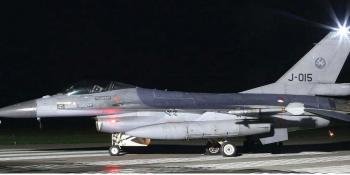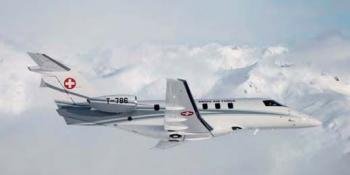The A321 was not a big seller when Airbus launched the twinjet, but it has grown in popularity among airlines. Barry Lloyd finds out why and describes how new variants are proving sales successes from the start.
The most noticeable diffierence between the Airbus A320 and the A321 is of course the lengthened fuselage, stretched by means of a 14ft (4.27m) section ahead of the wing and another 8ft 9in (2.67m) behind it. This makes the A321 22ft 9in (6.94m) longer than the A320. As the largest variant of the A320 Family with maximum take-off weight raised to 205,030lb (93,000kg), a significant increase from the most recent version of the A320ceo, which weighs in at 171,961lb (78,000kg). The wingspan has remained unchanged. Airbus off ered two engine options for the A321 from the outset, the IAE V2500 or the CFM 56-5B. The first test-flight of the A321 prototype fitted with IAE engines took place on March 11, 1993, while the second prototype, equipped with the CFM model, made its maiden flight two months later.
Two early orders came from Lufthansa, who initially signed for 20 aircraft and Alitalia with a purchase of 40. Lufthansa opted for the V2500 powerplant, while Alitalia chose the CFM56-5B. In common…



